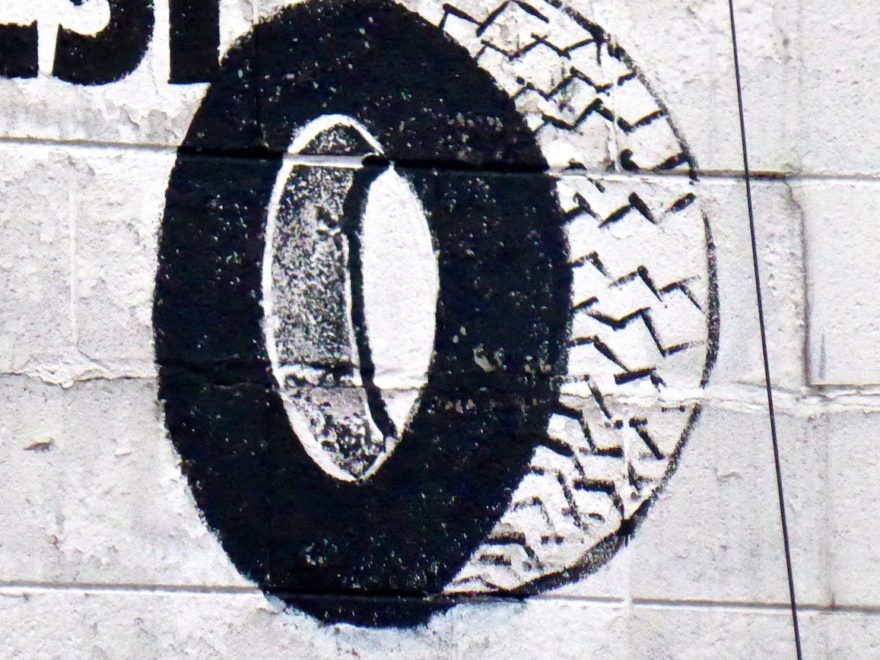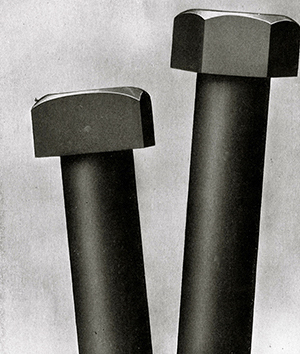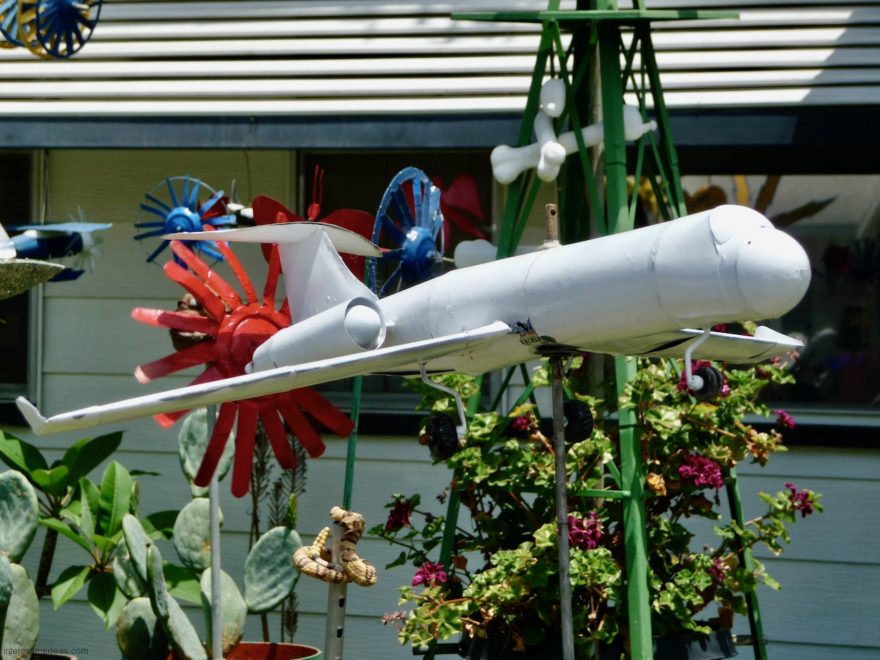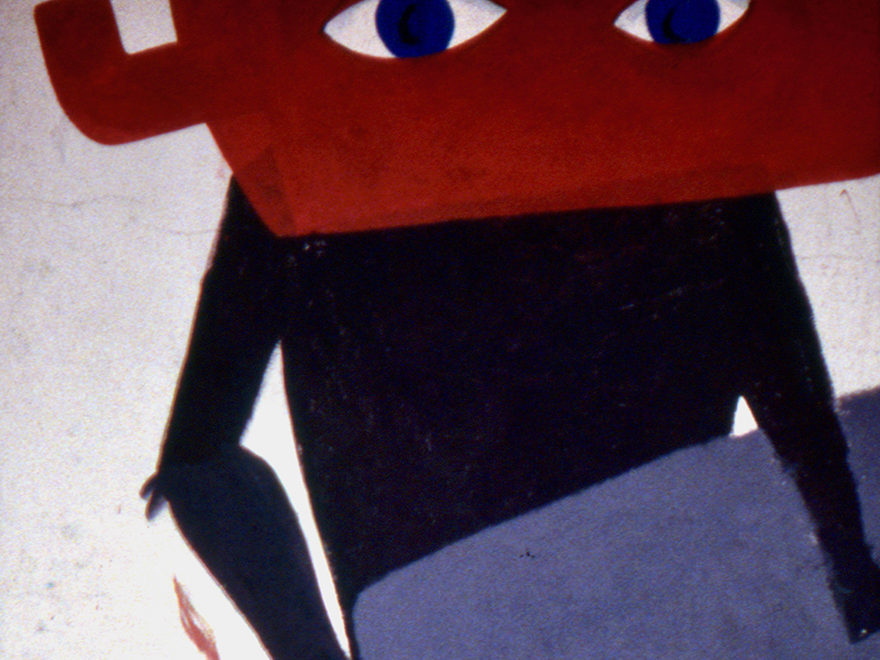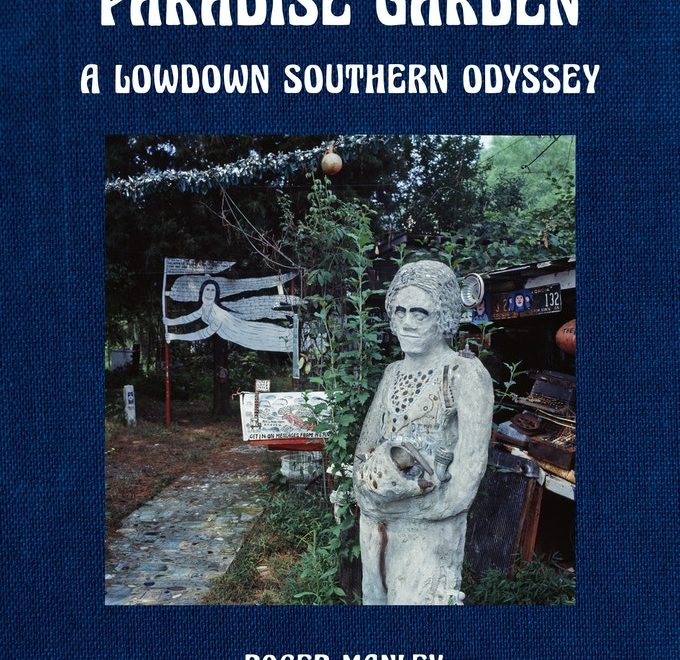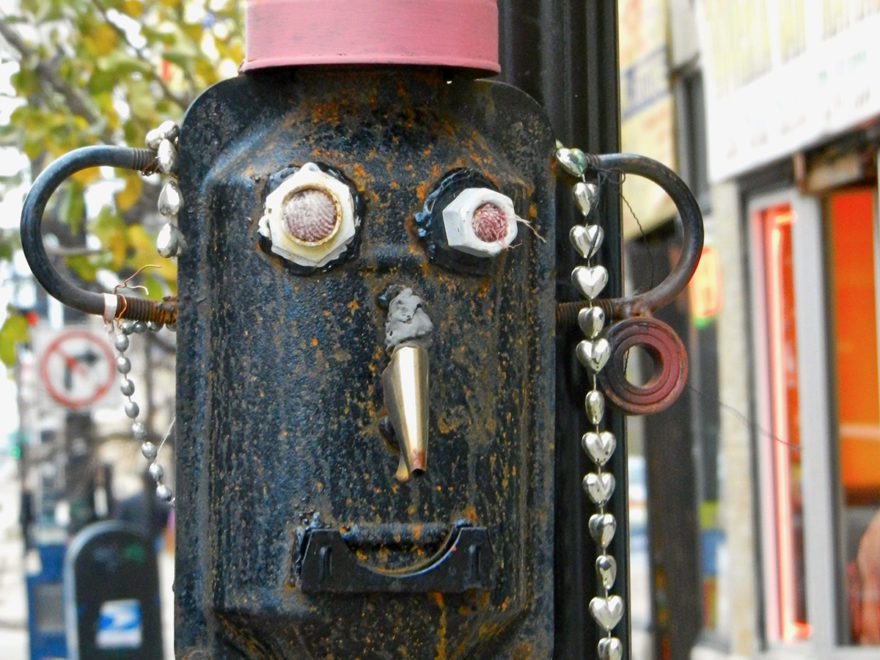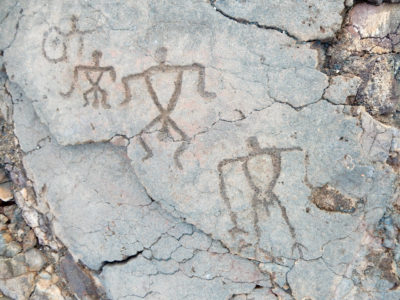Like mufflers, tires have a special place in the universe of automotive signage. Painted tire art can be found in many locations, and actual tires, like actual mufflers, can serve very effectively to advertise a service. Personally, I love the simple tire-on-a-stick, though there is still much to like in every artist’s painted rendition of this ubiquitous form. Back to the Automotive Art Gallery index
Continue reading